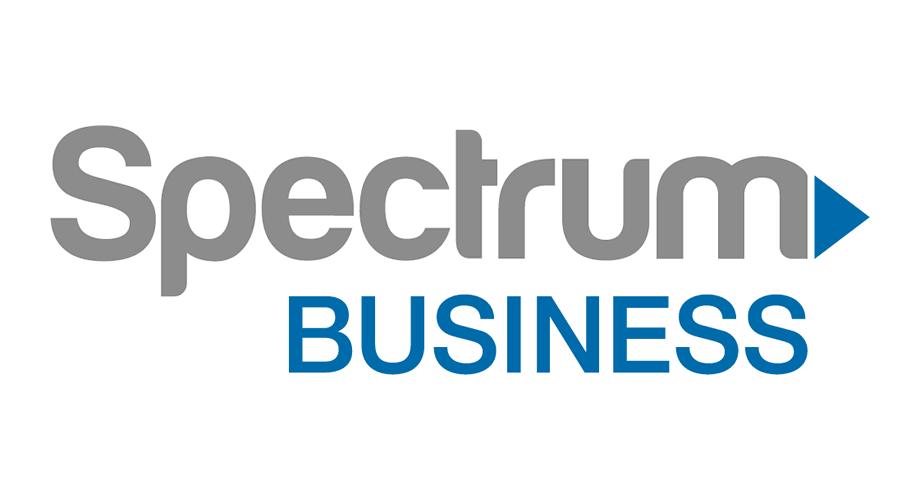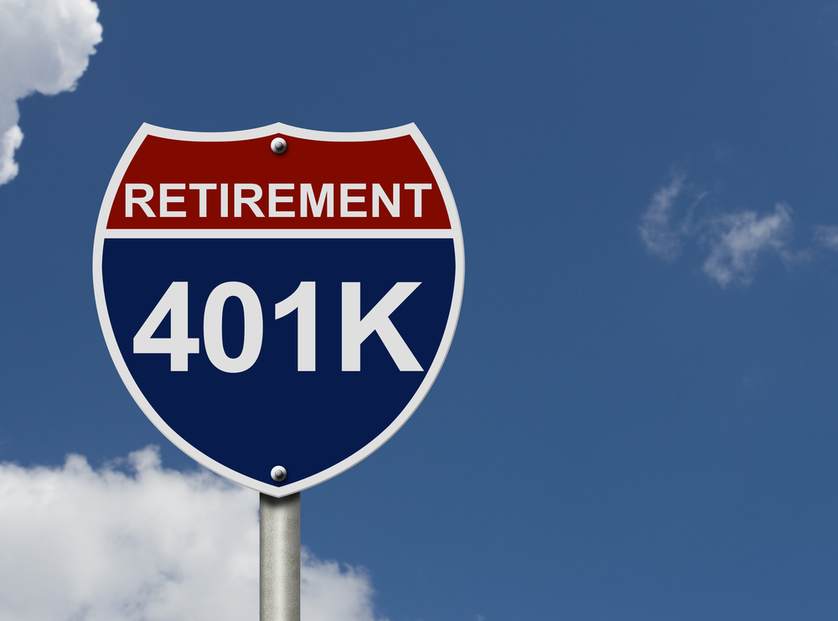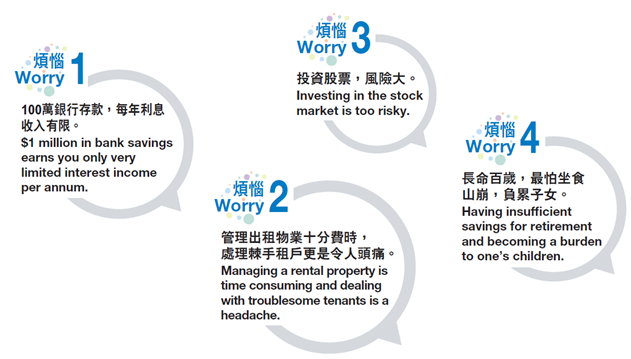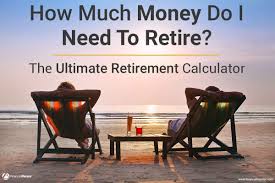What is annuity? – Annuity guarantees an insured life-long stream of incomes that he cannot outlive.
If you save money in annuity account and defer receiving incomes for a period of time, the insurance company will pay interest to you. You may choose interest payment from options of fixed rates or variable rates. Index Annuity is an annuity paying interest in variable rates in accumulation period (before any income payout starts), and uses market performance index, such as S&P 500 as a reference to calculate interest rates.
The distribution phase of Index Annuity has the same payout options as immediate annuity, such as: life, joint-life, fixed periods, etc.
Benefit of Index Annuity: good for people who are not satisfied with fixed interest rates and not willing to risk investment loss.
There are 3 major types of plans. I am going to use the historical returns of S&P 500 2001-2005 to illustrate how they work.
1. Participation rate, floor, spread
Nationwide offers: as of Feb 2019, Participation rate: 50% of S&P 500 index, Floor protection = 0% loss, Spread = 1.95% as fees
In plain English:
- When the S&P 500 return is negative, floor protection applied. The actual interest rate will be 0.
- When the S&P 500 return is positive, participation rate and spread rate applied. The actual interest rate will be: S&P 500 return rate multiply 50% ,then deduct 1.95% . Assume the S&P500 return is 10% on year 2000, the interest rate provided in this plan will be 10%*50%=5%, then (5%-1.95%)= 3.05%.
In year 2001, S&P 500 annual return is -11.89%, that year we don’t have growth or loss, as the floor protection applied.
In year 2002, S&P 500 annual return is -22.10%, that year we don’t have growth or loss, as the floor protection applied.
In year 2003, S&P 500 annual return is 28.68%, for calculating rate of return, we need to multiply 28.68% ith participation rate 50%, the result is 14.34%. Then we need also need to deduce spread fees 1.95%, the result 14.34%-1.95% = 12.39%. In 2003, investor’s principal would grow from $100,000 to $112,390.
In year 2004, S&P 500 annual return is 10.88%, for calculating rate of return, we need to multiply 10.88% ith participation rate 50%, the result is 5.44%. Then we need also need to deduce spread fees 1.95%, the result 5.44%-1.95% = 3.49%. In 2004, investor’s principal would grow from $112,390 to $116,312.
Using the same mechanics, in the 2005 the principal will grow to $116,900. Namely, when we put $100,000 into this annuity at the beginning of 2001, at the end of 2005 it will become $116,900.
2. Cap, Floor
Example 1: Pacific Life Index foundation offers : as of 2019 Jan., Floor = 0% loss, Cap=5.3%
In plain English:
- When the S&P 500 return is negative, floor protection applied. The actual interest rate will be 0.
- When the S&P 500 return is positive, when the return rate is higher than Cap rate, Cap rule applied. If the return rate is lower than Cap rate, then interest rate will be the same as the return rate. If the return rate is higher than Cap rate, then Cap rate will be the interest rate of that year. For instance, if the S&P500 return is 10% on year 2000, the interest rate provided in this plan will be 5.3%. (Return rate 10% is higher than Cap rate 5.3%)
- when the S&P 500 return rate is between floor and Cap, the return rate will be used as the interest rate of that year.
In year 2001, S&P 500 annual return is -11.89%, that year we don’t have growth or loss, as the floor protection applied.
In year 2002, S&P 500 annual return is -22.10%, that year we don’t have growth or loss, as the floor protection applied.
In year 2003, S&P 500 annual return is 28.68%, for calculating rate of return, the maximum we can get is 5.3%. $100,000 x 5.3%=5300. In 2003, investor’s principal would grow from $100,000 to $105,300.
In year 2004, S&P 500 annual return is 10.88%, for calculating rate of return the maximum we can get is 5.3%. $105,300 x 5.3%=5581. In 2004, investor’s principal would grow from $105,300 to $110,881.
In the 2005, S&P 500 annual return is 4.91%, which is lower than the Cap. The rate of return of that year is 4.91%. $110,881 x 4.91% =$5,444. The principal will grow to $116,325.
All in all, when we put $100,000 into this annuity at the beginning of 2001, at the end of 2005 it will become $116,325.
Example 2: Transamerica offers: as of Dec of 2018, Floor =2% minimum growth, Cap=5.5%.
In plain English:
- When the S&P 500 return is less than 2%, floor protection applied. The actual interest rate will be 2%.
- When the S&P 500 return is positive, when the return rate is higher than Cap rate, Cap rule applied, then Cap rate will be the interest rate of that year. For instance, assume the S&P500 return is 10% on year 2000, the interest rate provided in this plan will be 5.5%.
- When the S&P 500 return rate is between floor and Cap, the return rate will be used as the interest rate of that year.
In year 2001, S&P 500 annual return is -11.89%, as the floor protection applied, investor has 2% growth, $100,000 x2% =2000, the year end result is %102,200
In year 2002, S&P 500 annual return is -22.10%, as the floor protection applied, investor has 2% growth, $102,000 x2% =2040, the year end result is %104,040
In year 2003, S&P 500 annual return is 28.68%, for calculating rate of return, the maximum we can get is 5.5%. $104,040 x 5.3%=$5722.2. In 2003, investor’s principal would grow from $104,040 to $109,762.
…
In 2005, S&P 500 annual return is 4.91%, which is lower than the Cap. The rate of return of that year is 4.91%. $115,799 x 4.91% =$5,686. The principal will grow to $121,485. Namely, when we put $100,000 into this annuity at the beginning of 2001, at the end of 2005 it will become $121,485.
3. Performance Triggered Rate
Pacific Life Index foundation offers: as of 2019 January, Floor = 0% loss, Performance triggered rate = 4.9%, when index performance >0.
In plain English:
- When the S&P 500 return is negative, floor protection applied. The actual interest rate will be 0%.
- When the S&P 500 return is positive, the pre-set interest rate applied. No matter the return is higher or lower than the pre-set rate; 4.9% in this case.
2001, and 2002, S&P 500 returns are negative, so the growth rate is 0 at those years.
When market returns are positive, like 2003-2005, then the interest rate for growth are 4.9% fixed, no matter the actual rates are higher or lower than this 4.9%.
The potential issue of FIA
The declared rates may change in different year, with very few exceptions. Such as in Example 2, when we saw that insurance company TA offers higher rates than Paclife does. TA has higher CAP and higher minimum floor rate, which would produce better result. But TA indicates that its rates are subject to change year after year and PacLife declares it won’t change its rate once the contract takes effect. This variable is what we need to take into consideration when choosing annuities.
Other factors:
Also like CD saving in banks, the large amount you save, or the longer the time you want to save, the higher interest rate you may get. When you compare the interest rates of different annuities, you need to take these into considerations.
Isn't it useful?













